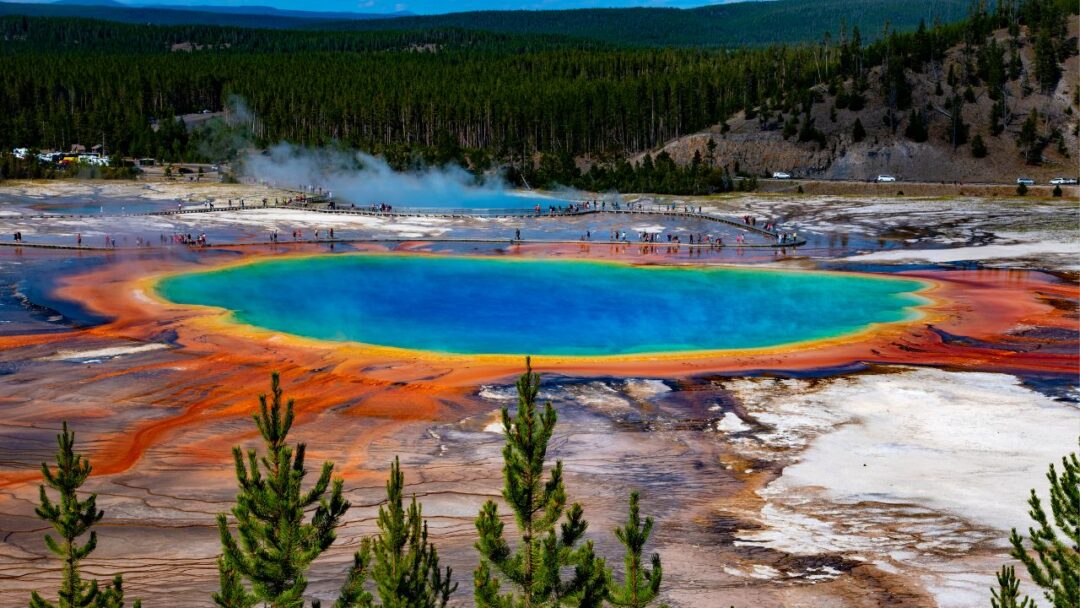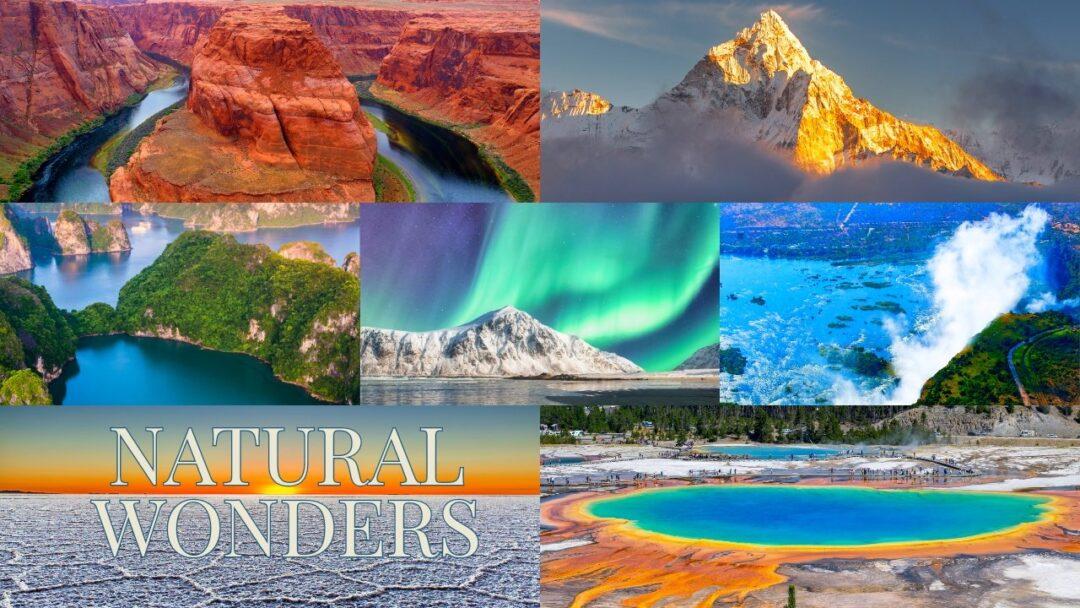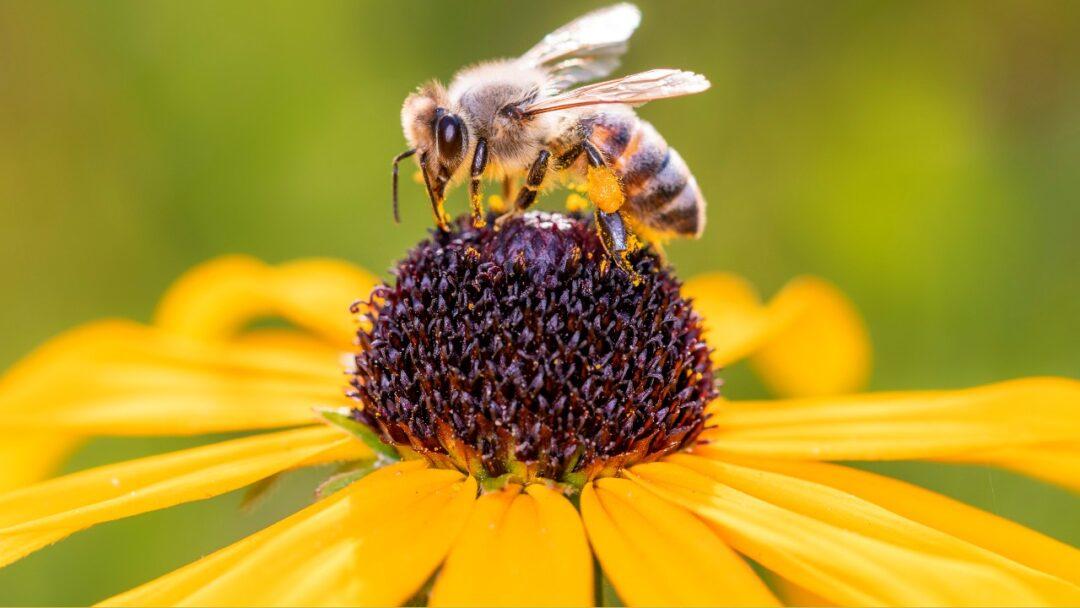Table of Contents

Introduction
The Role of National Parks in Biodiversity Conservation. National parks act as havens for the wide variety of life that inhabits our planet. National parks now play a crucial role in biodiversity conservation in an era of escalating climate change threats and expanding human encroachment. This article examines the value of national parks in maintaining ecological harmony, safeguarding endangered species, and fending off the effects of climate change. We will highlight the importance of protecting these protected areas for the sake of the future of our planet by using eye-catching examples.
I. The Importance of National Parks in Biodiversity Conservation
A. Protecting Critical Habitats: National parks play a pivotal role in conserving crucial habitats, including forests, wetlands, coral reefs, and grasslands. These protected areas provide refuge for a multitude of species, ensuring their survival and promoting healthy ecosystems.
B. Preserving Endangered Species: Many national parks serve as the last bastions of survival for endangered and critically endangered species. By safeguarding their habitats, national parks contribute significantly to species preservation and prevent the irreversible loss of biodiversity.
C. Enhancing Ecological Resilience: National parks act as ecological havens, maintaining interconnected ecosystems and promoting resilience in the face of environmental disturbances. These protected areas allow natural processes to thrive, supporting the adaptation and survival of diverse plant and animal species.
II. Real-Life Examples Highlighting the Dangers of Climate Change
A. Melting Glaciers and Rising Sea Levels: Glacier National Park in Montana, USA, once known for its majestic ice formations, has seen a rapid decline in its glaciers due to climate change. This not only threatens the park’s scenic beauty but also contributes to rising sea levels, affecting coastal communities globally.
B. Coral Bleaching and Marine Ecosystems: Australia’s Great Barrier Reef, a UNESCO World Heritage site, is suffering from the devastating impacts of coral bleaching caused by warmer ocean temperatures. This phenomenon endangers the rich marine biodiversity and disrupts the delicate balance of the entire ecosystem.
C. Altered Migration Patterns: Kenya’s Maasai Mara National Reserve, renowned for its iconic wildebeest migration, is experiencing disruptions due to changing rainfall patterns and habitat degradation caused by climate change. This disrupts the delicate balance between predators and prey, ultimately threatening the survival of numerous species.
III. Addressing Climate Change and Protecting National Parks
A. Sustainable Practices and Renewable Energy: National parks can lead the way in adopting sustainable practices and transitioning to renewable energy sources. By reducing their carbon footprint, these protected areas can serve as models for environmentally responsible practices.
B. Conservation Partnerships and Collaborative Efforts: Collaboration between national parks, governments, NGOs, and local communities is crucial in combating climate change. Together, they can develop strategies to mitigate the impacts of climate change and protect the invaluable natural heritage within these protected areas.
C. Environmental Education and Public Awareness: National parks provide excellent platforms for educating the public about the importance of biodiversity conservation and the impacts of climate change. By fostering environmental awareness, these protected areas can inspire individuals to take action and become advocates for sustainable living.
Frequently Asked Questions (FAQ)
What is the role of national parks in biodiversity conservation?
By preserving natural habitats, safeguarding endangered species, and upholding ecological balance, national parks contribute significantly to the conservation of biodiversity. Many different plant and animal species can find refuge in them, ensuring their survival for coming generations.
How do national parks contribute to biodiversity conservation?
Through a variety of methods, national parks support the conservation of biodiversity. They create protected areas where ecosystems can develop naturally, protecting habitats and enabling the flourishing of species. Additionally, national parks support conservation initiatives both inside and outside of park boundaries, advance public education and awareness, and facilitate scientific research.
Why are national parks important for biodiversity?
Because they act as vital havens for a wide variety of ecosystems and species, national parks are significant for biodiversity. National parks help maintain healthy populations, safeguard genetic diversity, and guarantee the survival of rare and endangered species by preserving natural habitats. Additionally, they offer chances for scientific research and environmental education.
What is the significance of national parks in maintaining ecological balance?
As they safeguard interdependent ecosystems and the complex web of life within them, national parks are crucial for preserving ecological balance. National parks help ecosystems function by preserving natural habitats, which includes regulating water cycles, reducing the effects of climate change, and maintaining soil fertility. In turn, this promotes environmental stability and biodiversity.
How do national parks contribute to the conservation of endangered species?
By providing protected areas where these species can thrive without human disturbances or habitat loss, national parks help to conserve endangered species. They carry out conservation initiatives that are specifically designed to meet the requirements of threatened or endangered species, such as habitat restoration, captive breeding programs, and strict enforcement against poaching and illegal trade.
Can national parks help prevent the extinction of species?
Yes, national parks can help save species from extinction. National parks create favorable conditions for endangered species to recover and thrive by maintaining intact habitats and putting conservation measures into place. They serve as safe havens for species to repopulate and find stability, lowering the threat of extinction.
How do national parks promote public education and awareness about biodiversity conservation?
By providing interpretive programs, visitor centers, guided tours, and educational materials, national parks act as platforms for raising public awareness and educating the general public. These programs assist tourists in comprehending the value of protecting biodiversity, the function of national parks, and the necessity of sustainable practices. Public involvement promotes a sense of stewardship and motivates people to support conservation initiatives.
Do national parks collaborate with other organizations for biodiversity conservation?
Yes, national parks frequently work with other institutions to conserve biodiversity. To implement conservation strategies, carry out scientific research, and share knowledge, they collaborate with governmental organizations, nonprofits, research institutions, and regional communities. Collaboration increases the impact of conservation programs and makes it easier to share resources and expertise.
Are national parks only important within their boundaries?
National parks are crucial within their borders, but their influence extends beyond them as well. The movement of wildlife and the exchange of genetic diversity are made possible by the role of national parks as ecological anchors and connecting corridors. They can have an impact on the environment, encourage sustainable living in the vicinity, and stimulate the creation of new protected areas to expand the conservation networks.
How can individuals support national parks’ role in biodiversity conservation?
By visiting national parks, abiding by park rules, taking part in educational activities, and raising awareness of their significance, people can support national parks’ role in biodiversity conservation. Additionally, engaging in volunteer work, adopting sustainable lifestyle practices, and supporting organizations that promote park conservation all help to maintain national parks and safeguard biodiversity.
Conclusion
In the face of environmental difficulties, national parks act as rays of hope. It is impossible to overstate their importance in protecting biodiversity and reducing climate change. The preservation of these protected areas is crucial for the continued existence of countless species as well as for the stability and resilience of our ecosystems. We can create the conditions for a sustainable and peaceful future by appreciating the importance of combating climate change and appreciating the irreplaceable natural heritage found within national parks.
Unveiling the Secrets of the Rainforest Ecosystem : NEXT POST





Pingback: The Art Of Landscape Photography: Capturing The Beauty Of Nature | Animal TV Hindi
Pingback: The Amazing Adaptations Of Desert Plants And Animals | Animal TV Hindi